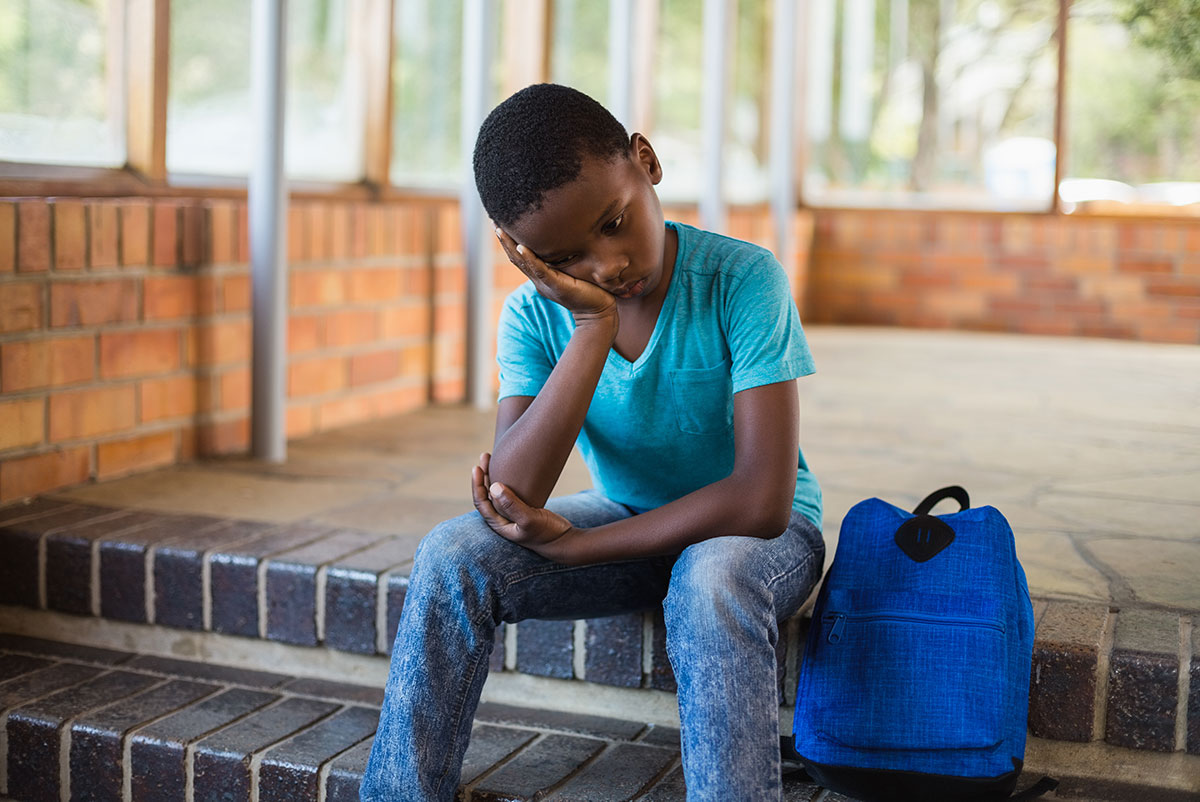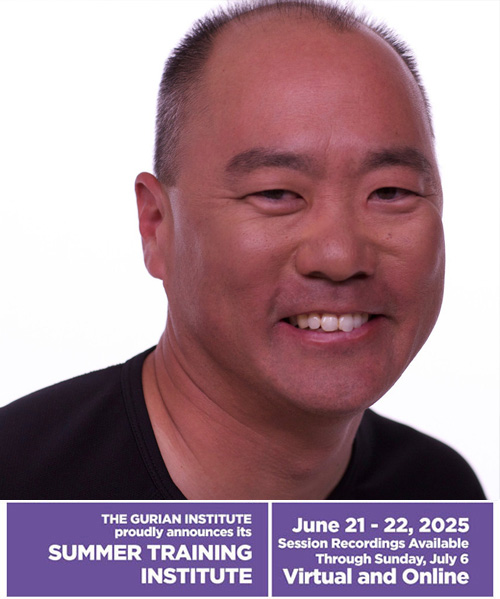“What is one life worth?” We have heard this question asked in relation to locking down our nation and world to save our vulnerable elders during the Covid-19 crisis. In the wake of George Floyd’s death and so many others like it, mustn’t the same question, “What is one life worth?” be asked with as much voice and heart for boys and men of color? What is their value to us as a nation? We would not think to lock down a society for their racial protection yet far more of them have died in the last decades on our streets, in our homes, and in our prisons than will die from Covid-19.
Like you, I have been watching the death of George Floyd on video, and then the protests nation- and worldwide. Two sets of memories flashed immediately for me.
The first was of four boys holding me down at 12, in 1970, behind my middle school: they used pliers on my nose to see if my “Jew nose” would grow. This incident of prejudice is meager in comparison to what a black male can feel, but each of us, no matter our color or creed, must find these incidents of bullying in our own histories, I believe, if we are to feel the gut-level empathy we need to feel right now for boys and men of color.
My second memory was stimulated by the protests themselves—a set of memories of peace and civil rights marches in which my family participated in 1968. I was 10 years old that year. Our country erupted in protest in April 1968 when Dr. Martin Luther King, Jr. was assassinated, and in perhaps a strange coincidence, we endured the Hong Kong flu that year which killed approximately 100,000 Americans (approximately 240,000, by population, if that disease had moved through our country now).
Was 1865 or 1945 or 1962 or 1968 the year we began, publicly, to ask what a black male life is worth? I place it in earnest with Dr. King’s assassination, but how loud have we asked the question since then? If we had not danced around the question all these decades–if we had finally answered it–we would be much farther forward in scientifically and intimately fixing the eight core issues hidden within the question:
*systemic inequities and institutional racism
*fatherless homes and lack of male role models
*inadequate education in communities of color
*excessive incarceration of males of color
*income inequality and social class inequities
*substance abuse, self-medication, lack of purpose
*violence, suicide, mental illness
*white privilege and unfair advantage.
Talking this week with members of color in our Gurian Institute team, I heard their grief, anger, and anguish. I join them in grieving for how slowly our nation works to help our boys and men of color. These boys and men are as strong and as fragile as all the rest of us. We seem to be afraid of their stereotypical strength but miss, almost completely, their fragility, as George Floyd’s death starkly illustrates.
One of my African American colleagues, a woman my age, recalled hearing Dr. King talk about “the long walk home.” My colleague said, “Black boys and men make the long walk, but it does not feel like a walk ‘home’ because America does not treat them like this is their home.” Can any of us argue with the heart in that comment? Generational, personal, and systemic trauma lead to feelings of displacement and dispossession.
I hope you will go to You Tube and watch Killer Mike’s speech in Atlanta on May 30, 2020. It is an anguished, inspiring, and truth-telling call for our nation to start working on one of the deep wounds of our civilization. In that wound is not just white-black racism, but also the way black males treat each other. Leaders in black communities know it: Black males are the primary killers of black males; each time they kill, they are answering the question, “What is a black male’s life worth?” with “Not much at all.”
The grief psychologist David Kessler recently added a sixth stage of grief to the Kubler-Ross five stages: after acceptance, he says, comes meaning. “We must make meaning of Dr. King’s death,” we have said for fifty years. “He must not have died in vain.” George Floyd is another chance to move through the five stages towards Meaning.
Among the list of issues we may feel powerless to heal, I listed white privilege last, because the hyper-politicization of either blackness or whiteness has led, I believe, to some national paralysis. In meetings in school districts, when discussions of “what to do” and “how to help black communities” drift into “white privilege” or “white male privilege,” I often see some people of color and most white people in the room, bristle. We all know the academic arguments against a particular reduction qualifying as racist or sexist (“it can’t be racist or sexist if it’s about the dominant class or sex”), but in our guts, we know it is racist and sexist in its way.
That said, each person who is not a boy or man of color can and should, I believe, go through an internal privilege assessment that leads, hopefully, to a sense of humility, then a renewed purpose to help others build a community of meaning. To make America the home of black males, we must attack black male despair at the level of “doing”. Not just talk, but DOING. One way to do this is by helping teachers and systems understand how to teach and nurture boys in general, and boys of color in particular. I can safely say from decades of working on this issue in schools: we will not make American education a home for boys of color until we re-frame education to be boy-friendly at its core.
My colleague Marion Hill, City of Phoenix Head Start Director with whom our Gurian Institute team is working on an inner city Pilot program for boys of color, told me on Friday: “Maybe this is the cultural moment when all the layers get pealed back and we really see what is going on.” He contextualized his comment on the Covid-19 deaths that are hitting black males hard and Covid-19 unemployment hitting black women so hard, both compounded by incarceration rates over the last two decades for black males five times higher than those of white men and 25 times higher than those of women.
The Gurian Institute, and Gail and I personally, stand with everyone of you in peaceful protest, pain, grief, and the search for meaning. We will be discussing this work at our Summer Institute at the end of this month with Marion Hill (Working Effectively with Children of Color in the Classroom), Dr. Glynetta Fletcher (Trauma-Informed Strategies for Helping Children Learn and Grow), Rob Kodama (Becoming a Man), Shandeen Gomez and Marlene Ordaz (The Power of Diversity), and many others working in our programs. Wherever we can, let us all, collectively, invest in answering “What is a black man’s life worth?” with “We will now, finally, join together as a nation to help our African American males feel at home here.”











Thank you for encouraging us to live our faith and humanity through our actions. We must recognize the challenges our boys and men face, particularly boys and men of color. Boys and men make up 96% of deaths at the hands of law enforcement and boys and men of color are the most vulnerable. Police officers who die in the line of duty are 95% male.
The world of untimely loss is filled with boys and men who leave us before their time and it is incumbent upon all of us to find common ground where boys can be boys and men can be men in communal ways, connected in a common goal: bright futures for all our sons. The families of boys and men of all races must come together in common purpose and that must include the real challenges for boys and men with a heightened sensitivity and real awareness to boys and men of color and the systemic challenges they continue to face.
My thoughts and prayers to George Floyd’s family and all those who have lost loved ones in ways we should not have to bear.
You are so right, Sean! Thank you for writing.
I appreciate so much this post and your thoughts regarding racism. I absolutely agree and have used this week to check myself and make sure that I am doing right by my fellow neighbors, friends and students who are of different races. I am saddened by the death of George Floyd but grateful for the dialogue that has come from it.
I am a 6th grade teacher in Mesa, Arizona. I attended your conference in Phoenix in October and loved it and have loved applying things I learned there in my classroom. As a mother of 2 teenage boys who have always been “all boy” the conference resonated in me. I have been struggling with what the classroom is going to look like post Covid knowing what I know, and knowing how boys best learn. Talks of rows and partitions and 6 feet apart saddens me. I am all for safety, but I also feel like we are reversing any steps forward we have made in education. I can tell you, especially in 6th grade, this will be detrimental to boys. Do you have any thoughts or suggestions on how to navigate this post COVID world in the classroom?
Thank you, Heather. I agree with you on all counts.